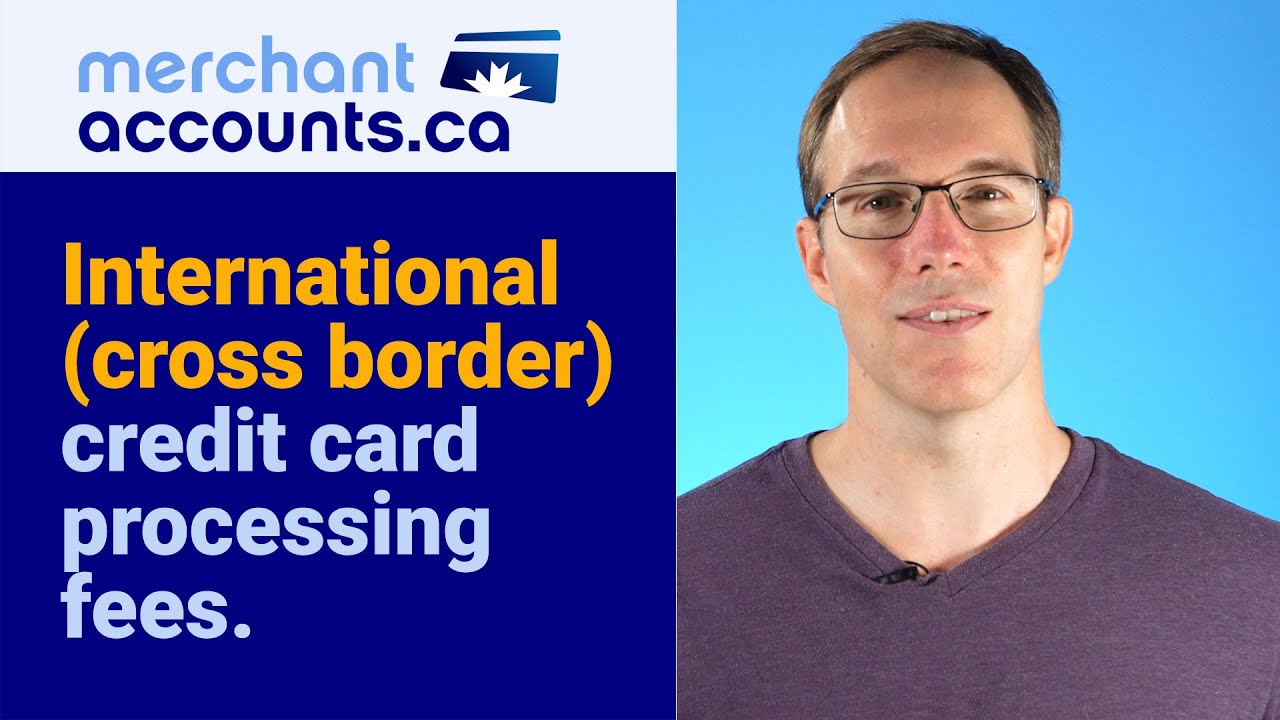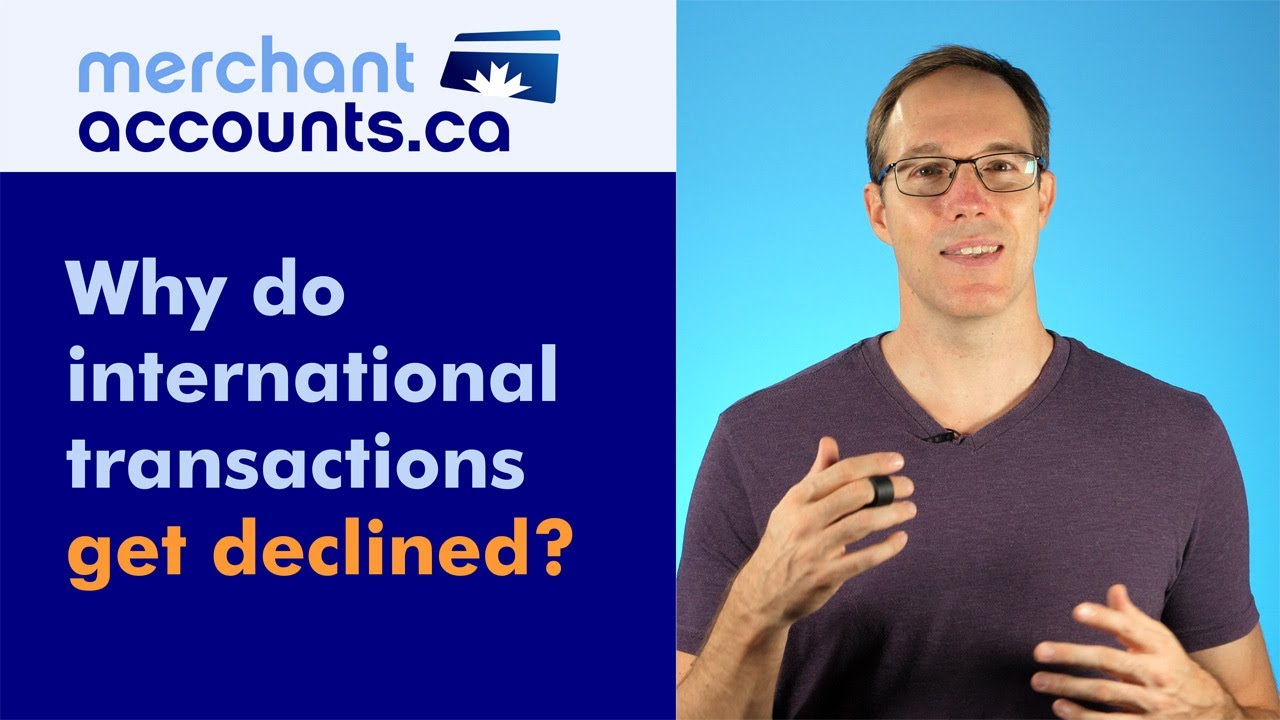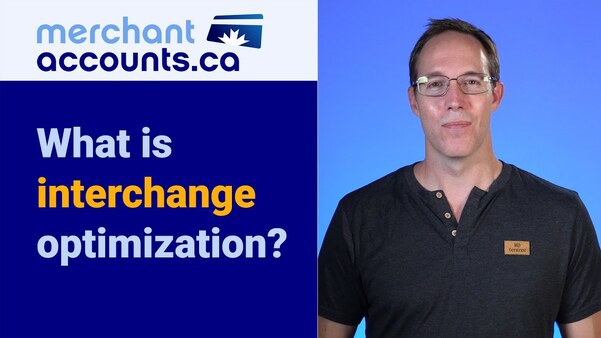Canadian merchants can process AMEX in USD
February 7, 2011
by David Goodale
I've found out recently American Express has a new product in Canada that will finally enable Canadian merchants to take payments online in USD. This is a major development that is certain to interest many Canadian e-commerce business owners.
My thoughts on this? How can I put this lightly... lack of USD currency support has been a mind-blowing weak point and glaring oversight in the American Express offering to Canadian merchants for the past ten years.
Many of our Canadian clients setup their online store to process Visa and MasterCard payments in USD because U.S dollars are still the world's global currency. If you are competing in an international e-commerce marketplace you must be able to collect payment online in USD.
For some reason AMEX Canada has never supported this. We can easily provide our clients with a US dollar merchant account for processing Visa or MasterCard payments (and other currencies as well). This is not true of American Express. In order to accept AMEX, a merchant must complete an application form and request a merchant ID from American Express directly. This is how American Express has structured their business model. This is a relatively minor inconvenience because a merchant can contact American Express and get the merchant ID issued in a few days. The real problem appears when a Canadian business wants to collect AMEX payments in USD.
Previously, if a Canadian merchant wanted to take AMEX payments in U.S currency they would find out that American Express Canada could not help them. The merchant would be instructed to contact American Express USA. When the merchant contacted American Express USA they would be told that they would be required to provide a US business address, US business bank account, and federal tax ID before a US AMEX merchant account could be issued.
This is obviously something that most Canadian businesses did not have. Our larger corporate clients have a business presence in many different countries including the USA. For them, USD AMEX payments have never posed an issue. However, a typical mid-sized Canadian based business will not have a business presence in the USA, nor will they want to incorporate a business presence in the USA just to support U.S dollar AMEX payments. I can say from personal experience that this has resulted in a majority of my own clients not taking AMEX payments.
By the most conservative educated guess I can offer, I would say that I've explained the above at least 500 times in the past ten years to different clients. I've often wondered, if I have to explain this almost every day, how is it possible that AMEX could be missing the message? Didn't they want these customers? Don't they want Canadian e-commerce merchants to accept and promote American Express?
Clearly, they do because AMEX is now offering a new product that will allow Canadian merchants to take payments in USD. This is a very promising development that will enable small and mid-sized Canadian merchants to compete on a more even playing field in the US (and international) e-commerce marketplace.
The Downside
Unfortunately there is a downside to this development. Any merchant that wishes to use this new service offered by American Express Canada must complete a proprietary and direct integration into AMEX in order to support USD payments.
This is a huge disruption in the normal e-commerce transaction flow. When developing an e-commerce integration a merchant must configure their shopping cart software to send transaction information to their credit card processor. Specifically, they will make their shopping cart software send properly formatted transaction requests to the payment gateway, where cardholder information is processed and returned to the merchant with an approval or decline message.
However, the merchant must now add an additional step in the middle that will check to see if the customer will pay using an AMEX card. If so, the transaction has to go to an entirely new payment gateway instead of to their regular credit card processor. This means an entirely new and second integration that the merchant must accomplish in order to enable U.S dollar AMEX payments on their website.
Technically speaking this is not a hugely difficult step, so long as you have a decent developer and the ability to customize your checkout process. However, there is almost no pre-existing shopping cart software that supports this transaction flow. This is exactly the type of software that the typical small and mid-sized merchant would be running on their website. Customizing this software is a large additional technical burden. While a large organization with IT staff may find this to be a relatively simple undertaking, small and mid-sized businesses (the ones who would most likely be interested in this new AMEX service because they don't have a business presence in the USA) are likely to find this additional step difficult to implement.
It Gets Worse...
Although this adds a technical challenge, it's certainly not beyond the scope of a small or mid-sized business that is determined to do what it takes to build the strongest possible e-commerce offering. If the merchant is capable of doing an e-commerce integration with their credit card processor for Visa and MasterCard, then surely doubling the workload and requiring a second integration, while a headache, should not be a show stopper.
However, it may be a show stopper. The reason why is because a majority of small and mid-sized clients choose a hosted checkout page type of integration where the customer is redirected before they enter their credit card information. This is the type of integration is known as a redirect. The customer (the cardholder) will not enter their credit card number while on the merchants website. Instead, they are forwarded to the payment gateway where they enter the credit card information. (This page on the payment gateway is fully customizable so the cardholder cannot tell they have left the merchants website.).
The reason merchants do this is because it removes contact with cardholder data. The merchant will not ever touch, see or store any credit card information of any kind. If you can't touch, see or store sensitive credit card information, it makes it quite a bit easier to achieve PCI compliance.
Unfortunately, the AMEX transaction flow will not support this. Keep in mind that with a redirect type of integration the cardholder does not enter their credit card information until they have landed on the secure payment gateway, which is hosted by the payment processor. If the cardholder doesn't enter the data until this step, then how would the merchant have known to whether to direct the transaction to AMEX? They can't!
Using this method, the merchant would have to ask the customer ahead of time which type of credit card they plan to use. (Again requiring a customization to their shopping cart software and transaction flow). If the cardholder chooses AMEX they would be redirected to the AMEX checkout, otherwise the transaction would be directed to the regular credit card processor to handle Visa and MasterCard.
Technically speaking, implementing the above provides a solution to the problem. However, it's neither clean nor elegant. This is a cumbersome additional step that requires additional programming, and will result in a less streamlined checkout for the customer.
The Silver Lining
It's not all doom and gloom. American Express may be coming late to the table with USD currency payments in Canada, but at least they are coming to the table. Any way you slice it, this is a very positive development. It shows that AMEX does listen to their customers. A determined merchant can and certainly will find a workaround to the challenges I've illustrated above.
I am left wondering why if AMEX has finally listened and is enabling USD payments for Canadian merchants, and if the solution is targeting small and mid-sized businesses that do not have a business presence in both the USA and Canada, then why would they provide a solution that requires an additional technical step that is beyond the scope of many small merchants ability to implement? Why not allow Canadian credit card processors to integrate directly for this new payment method?
Perhaps an answer will be forthcoming in the upcoming weeks or months. Perhaps AMEX will listen to their customers and refine this product. I firmly believe that if AMEX would like to see greater adoption of their card brand as a payment method, they must work more closely with merchants and processors, they must understand and listen to feedback coming from merchants, and they must make it EASY for merchants to implement and process AMEX payments in multiple currencies.
Related Topics
March 03, 2017
It's very common for Canadian businesses to sell online in US dollars. However, many Canadian business owners do not realize that it's easy to receive your deposits from credit card sales in USD without having to convert it into Canadian dollars.
November 25, 2022
If you sell to customers outside of your country then you are doing international sales. This type of transaction, where the payment is across borders, incur extra fees from Visa and Mastercard. In this video David explains the criteria that determine if a transaction is cross border or not, and how much those fees are likely to be. (As well as touch on the topic of processing and settlement currencies).
September 16, 2021
You may have noticed a lot of declined transactions when selling to international customers. In this video we explain why international (cross border) e-commerce transactions get declined, and what you can do to minimize it.
July 08, 2019
If your business transacts across borders, how do you ensure that you've optimized your payments solution? Our CEO David Goodale sets out to demystify the most complex area of payments: multi-currency and cross-border e-commerce payments. This is a detailed exploration of everything to know about multi-currency payment processing.
June 24, 2022
Businesses can save a lot of money by routing their credit card transactions intelligently. This technique is called 'interchange optimization'. If you process a high volume of credit card transactions to customers located in different countries the cost savings can be very significant. In this discussion David explains the concept of interchange optimization and how it works.
June 24, 2016
Some card issuing banks have a fee that causes problems for online businesses when selling to international customers. We are talking about the extra international transaction fees that some card issuing banks charge to their cardholders. In these cases customers may complain if their credit card was charged more money than they expected.
February 19, 2025
When you are selling to a customer that's located in another country you don't need to worry about exchange rates. If your customer is from another country (like a Canadian business selling to a US customer) you can issue the charge as normal. The customers card issuing bank will calculate and assess any exchange rate that is necessary. You will receive the exact amount of money that you expect. David also explains the option of multi-currency processing so that there is no exchange because you actually can choose (if you want) to charge your foreign customers in their local currency.
Learn How To Lower Your Credit Card Processing Fees
If you haven't reviewed your processing costs in a while take a moment to view our rates.
View Rates









